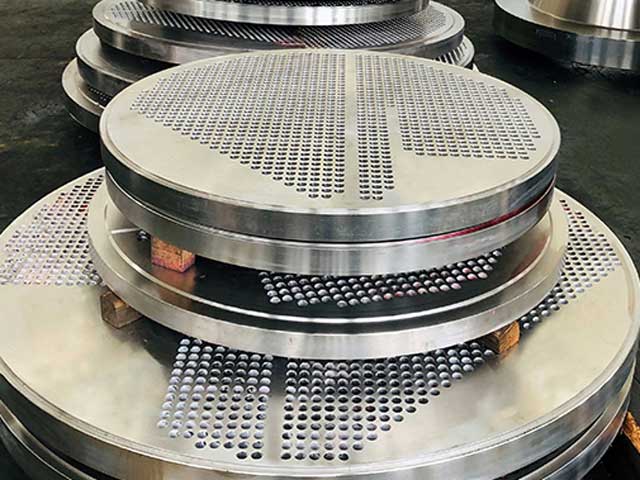About our 304 stainless steel forgings
304 stainless steel forgings are is chromium-nickel austenitic stainless-steel forgings with good strength and excellent corrosion resistance. 304 stainless steel forgings have high corrosion resistance in general atmospheric corrosive environments it exhibits excellent resistance to most oxidizing agents, general foodstuffs, sterilizing solutions, dyestuffs, most organic chemicals, plus a wide variety of inorganic chemicals also hot petroleum gases, steam combustion gases, nitric acid and to a lesser extent sulphuric acid. 304 stainless steel forgings have good oxidation resistance at high temperatures and they have excellent weldability.
304 stainless steel forgings are used extensively by the food processing, dairy equipment, dying industry, architectural equipment, chemical, petrochemical and transport industry etc.

304 stainless steel forgings chemical composition information.
corrosion resistance of stainless steel forgings 304
Stainless steel forgings 304 have excellent corrosion resistance in a wide variety of environments and when in contact with different corrosive media. Pitting and crevice corrosion can occur in environments containing chlorides. Stress corrosion cracking can occur at temperatures over 60°C.
Heat Resistance of Stainless Steel 304
Stainless steel 304 has good resistance to oxidation in intermittent service up to 870°C and in continuous service to 925°C. However, continuous use at 425-860°C is not recommended if corrosion resistance in water is required. In this instance 304L is recommended due to its resistance to carbide precipitation.
Where high strength is required at temperatures above 500°C and up to 800°C, grade 304H is recommended. This material will retain aqueous corrosion resistance.
Heat Treatment of Stainless Steel 304
Stainless steel 304 cannot be hardened by heat treatment.
Solution treatment or annealing can be done by rapid cooling after heating to 1010-1120°C.
Machinability
Stainless steel 304 has good machinability. Machining can be enhanced by using the following rules:
• Cutting edges must be kept sharp. Dull edges cause excess work hardening.
• Cuts should be light but deep enough to prevent work hardening by riding on the surface of the material.
• Chip breakers should be employed to assist in ensuring swarf remains clear of the work
• Low thermal conductivity of austenitic alloys results in heat concentrating at the cutting edges. This means coolants and lubricants are necessary and must be used in large quantities.
The difference between 304, 304L 304H
304 stainless steel
Stainless steel 304 is an austenitic grade that can be severely deep drawn. This property has resulted in 304 being the dominant grade used in applications like sinks and saucepans.
304L stainless steel
Type 304L is the low carbon version of Stainless steel 304. It is used in heavy gauge components for improved weldability.
304H stainless steel
304H, a high carbon content variant, is also available for use at high temperatures.
